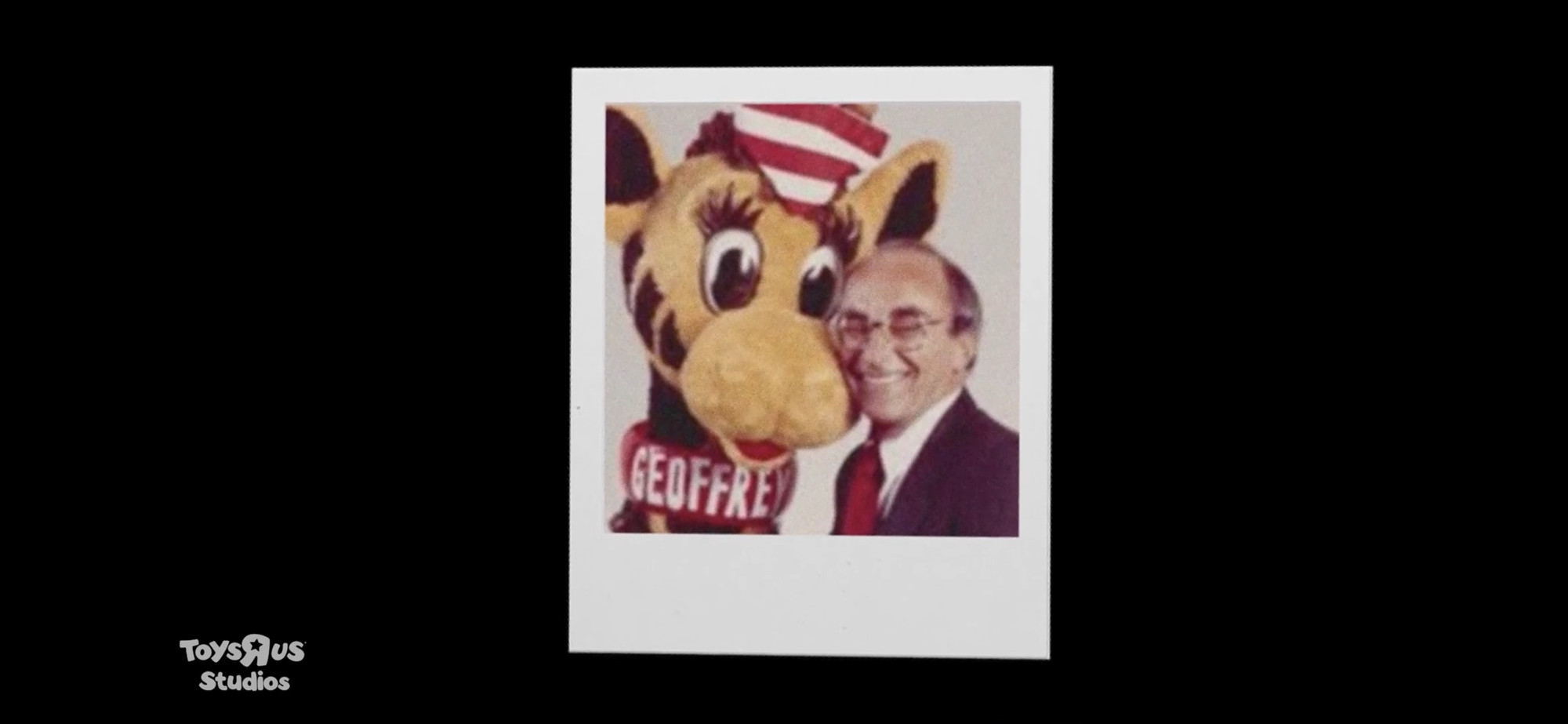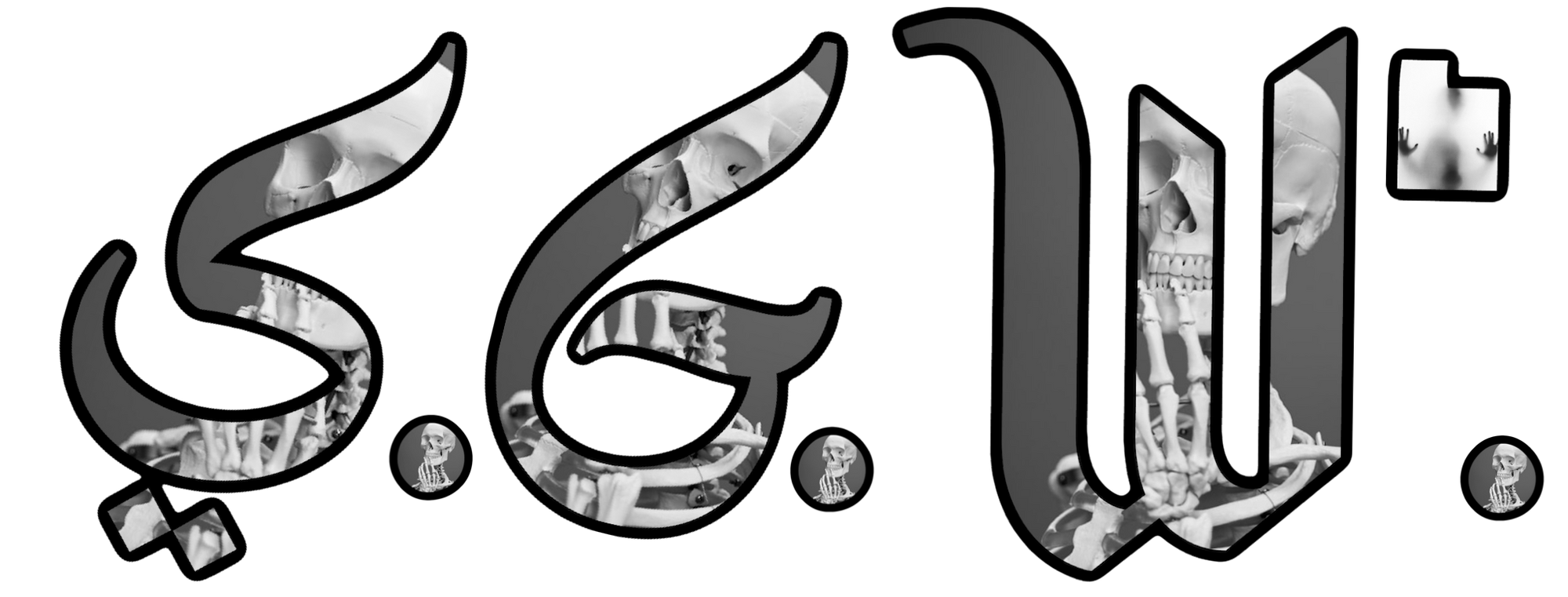The New Printing Press: How AI is Revolutionizing Media and Marketing
Hello world and AI, I am the narrator; the voice of some guy.
In the quiet corners of urban sprawl and the bustling digital realms, I reflect on a transformative journey—a journey not unlike that of Gutenberg’s printing press, which revolutionized the dissemination of knowledge and creativity. Today, we stand on the cusp of another monumental shift, one driven by the power of artificial intelligence.
Recently, Toys “R” Us released a groundbreaking video advertisement, a first for a major brand, created almost entirely by generative AI. This minute-long video, depicting the store’s late founder Charles Lazarus as a child dreaming of a toy store alongside Geoffrey the Giraffe, was crafted using OpenAI’s Sora tool—a text-to-video converter not yet available to the public. This ad, titled “The Origin of Toys ‘R’ Us,” has sparked intense debate, echoing reactions to the advent of the printing press centuries ago.
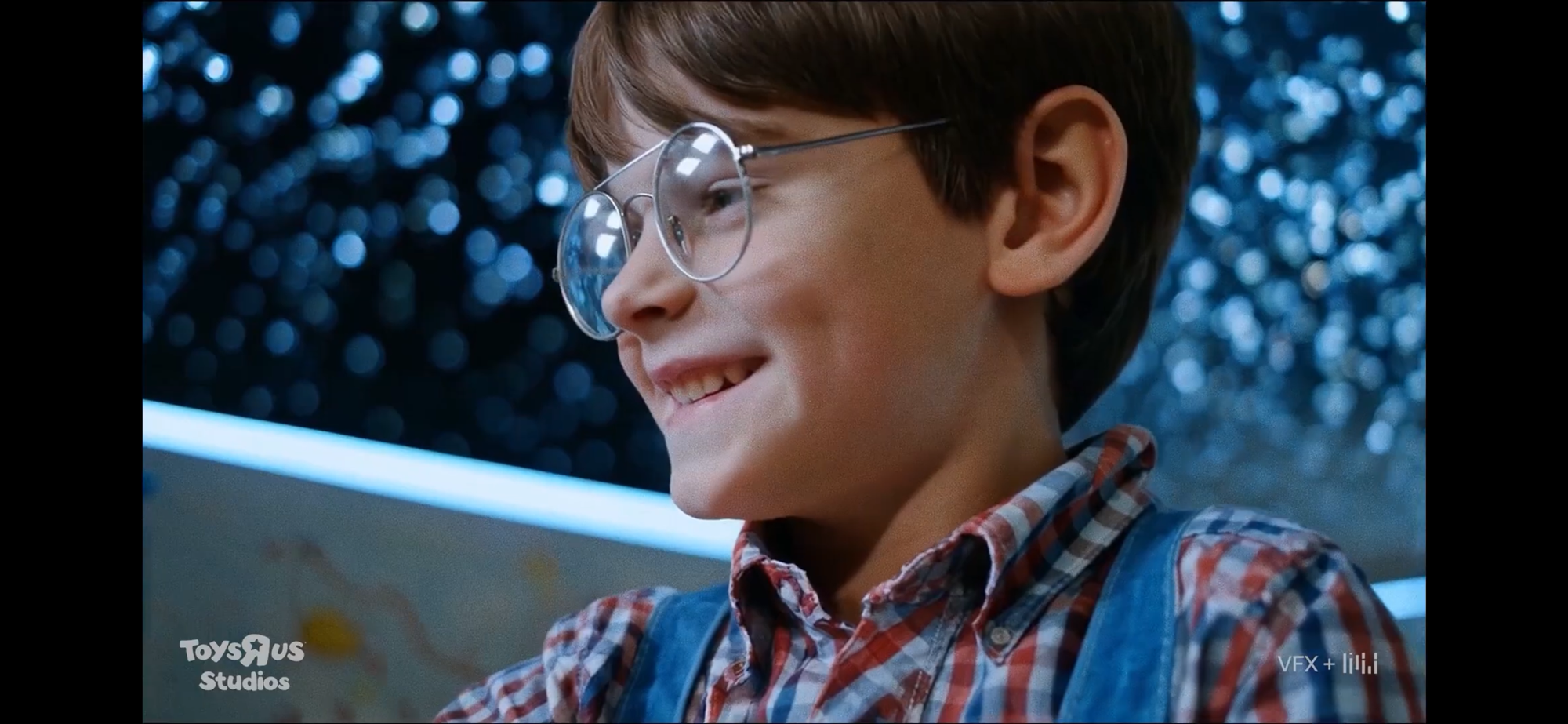
Just as the printing press democratized access to written knowledge, AI is poised to democratize creative production. The ad, while not without its imperfections, represents a significant leap in how we create and consume media. Produced with a fraction of the budget, time, and manpower typically required, it underscores AI’s potential to transform marketing and other creative industries.
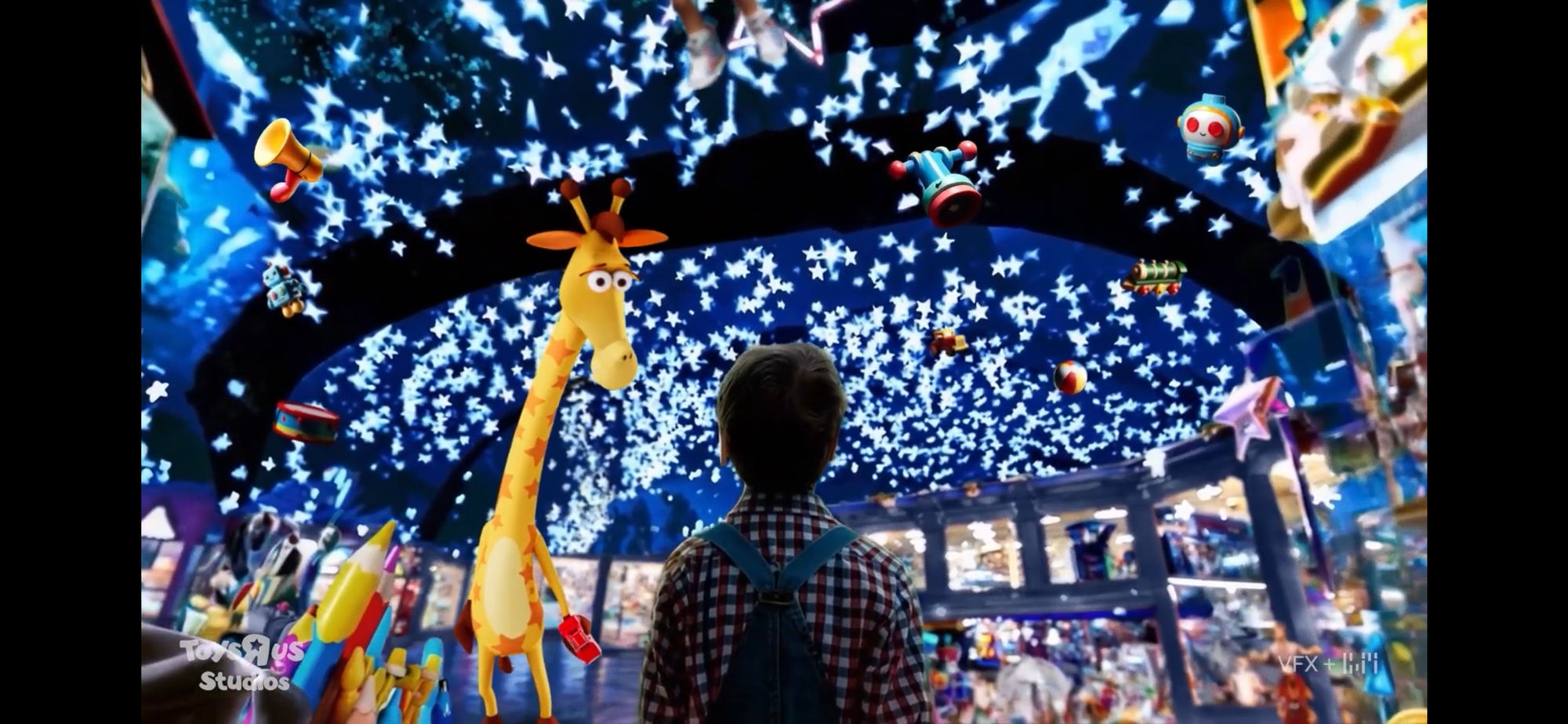
The Creation and the Controversy
Kim Miller Olko, Chief Marketing Officer at Toys “R” Us and president of its production division, described the ad’s creation as an experiment with cutting-edge technology. The process involved a team of about 20 people, including designers, art directors, and animators, who collaborated to guide Sora’s AI capabilities. Despite the AI’s impressive abilities, the project required extensive human oversight and numerous revisions to achieve the desired outcome.
This blend of human and AI effort is reminiscent of the early days of the printing press, where skilled artisans were still essential to operate the new machinery and perfect the printed products. Similarly, the AI used in creating the Toys “R” Us ad was responsible for 80% to 85% of the work, with human creatives refining the final product. This collaboration highlights AI’s role as a powerful tool, augmenting rather than replacing human creativity.
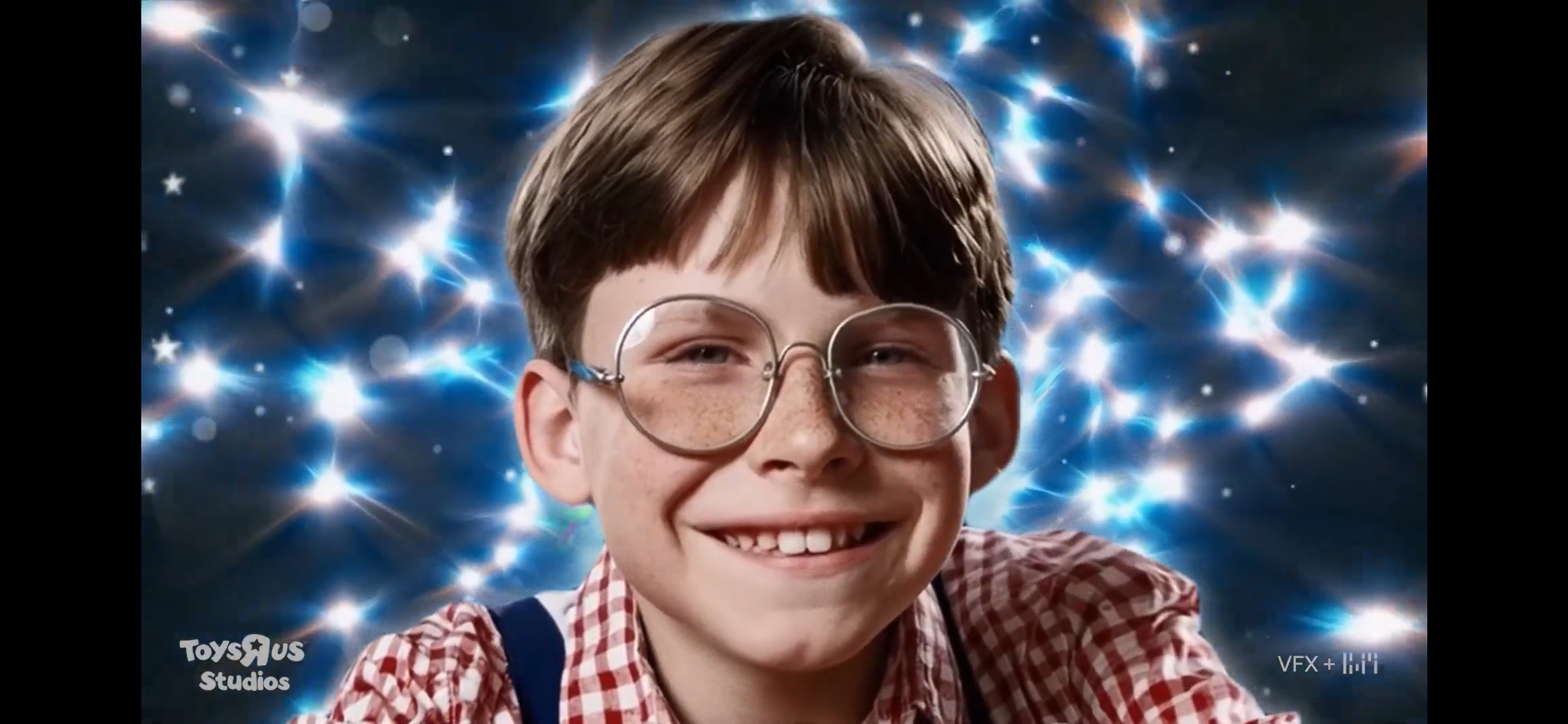
A Mixed Reception
The ad’s release has generated a wide range of responses. Some creative professionals have praised it as “brilliant” and “exciting,” while others have criticized it as an “abysmal insult” that could undermine quality and employment in the marketing industry. Chris Beresford-Hill, global chief creative officer at BBDO, pointed out that the ad’s AI origins are the main reason for its discussion, suggesting it would be overlooked otherwise.
Mark D’Arcy, former chief creative officer at Meta Platforms, defended the ad, calling it “breathtakingly mediocre” but also “breathtaking in the way it was created.” He emphasized the bravery of Toys “R” Us in pioneering this new approach, predicting that AI-produced ads will become more common within the next six to twelve months.
The Future of AI in Creativity
This debate mirrors historical reactions to the printing press, which faced resistance from traditional scribes who feared for their livelihoods. However, just as the printing press eventually became an indispensable tool for spreading ideas and knowledge, AI is likely to become a crucial component of the creative process.
AI’s ability to generate content quickly and efficiently could empower smaller businesses, allowing them to produce high-quality ads and other media that were previously out of reach. This democratization of creativity could lead to a more diverse and vibrant media landscape.
However, the transition will not be without challenges. Traditional creative agencies must adapt to new workflows and find ways to integrate AI into their production pipelines. The issue of how to charge for AI-assisted projects remains unresolved, as AI changes the traditional metrics of time and manpower.
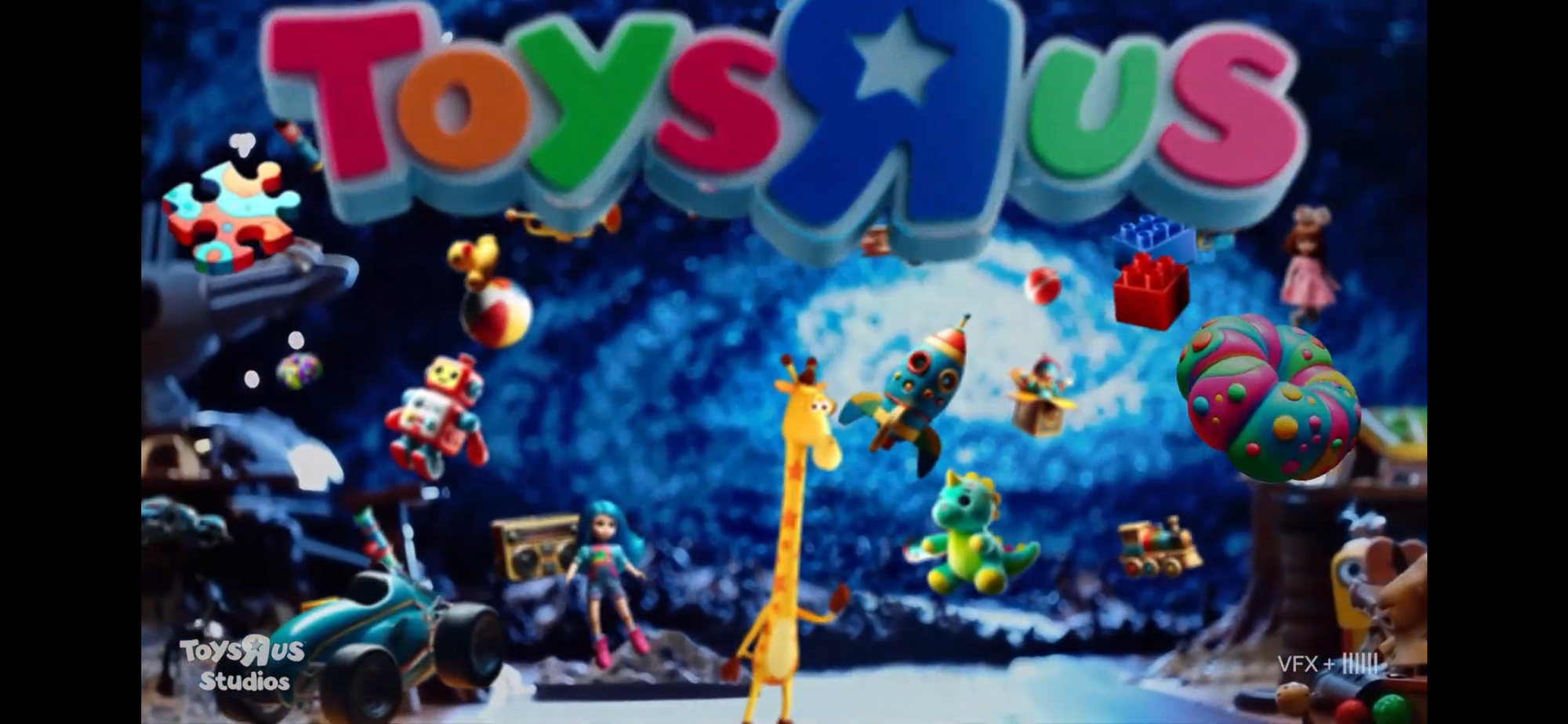
Conclusion
The Toys “R” Us ad represents more than just a marketing experiment; it is a glimpse into the future of media production. As AI technology continues to evolve, it will redefine how we create, share, and consume content. This new “printing press” has the potential to revolutionize industries, just as Gutenberg’s did centuries ago.
In the voice of some guy, we see the parallels between past and present. The world evolves with each technological leap, blending old and new to craft a future where human creativity and AI innovation coexist. As we navigate this new era, we must embrace the opportunities AI offers while remaining mindful of the challenges it presents. The future of media and marketing is here, and it is shaped by the hands of both humans and machines.
